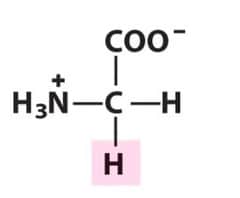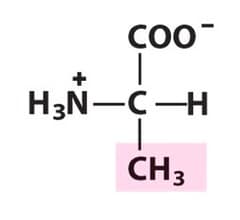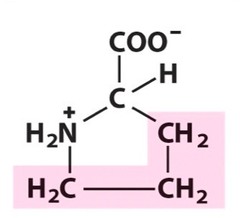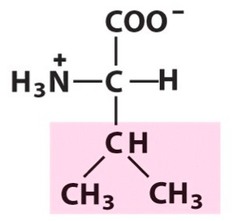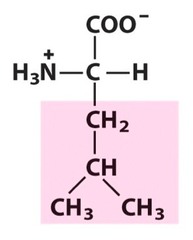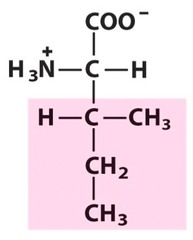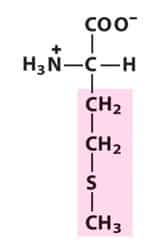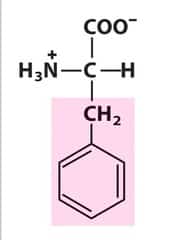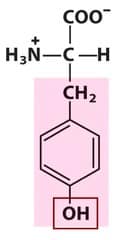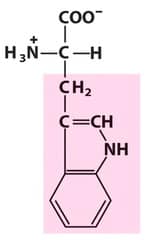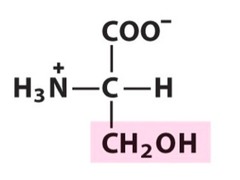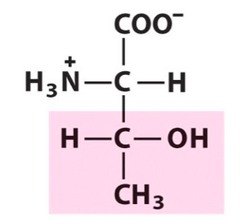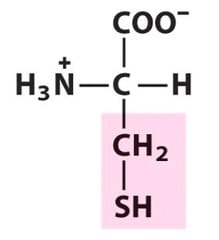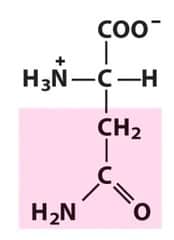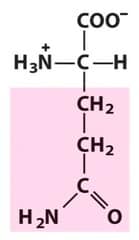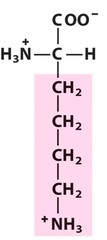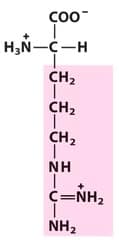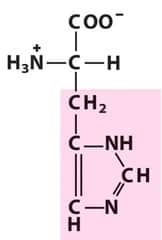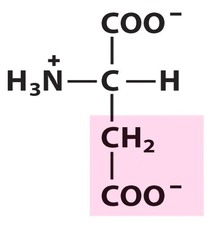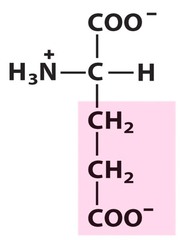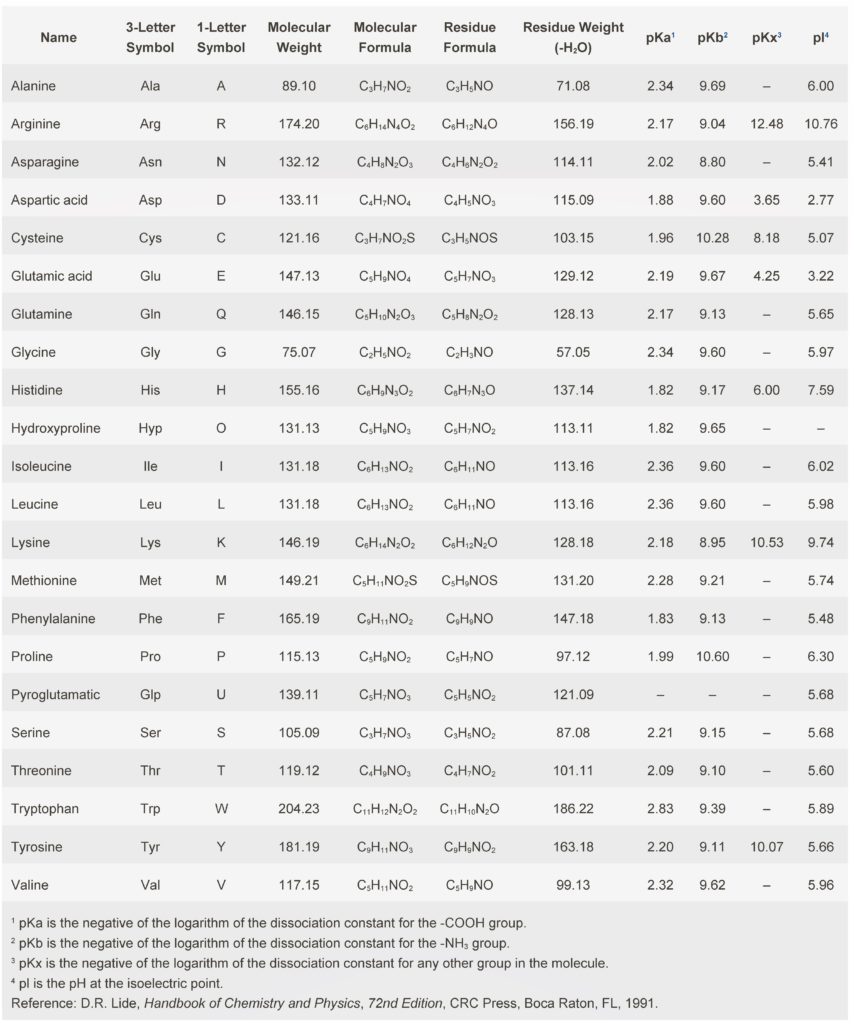20 standard amino acids, which are not present in animals. When compared to humans, dogs and rats have been shown to have higher levels of the omega-3 fatty acid DHA. Because these two groups of animals are both highly active and fast growing, scientists believe that DHA may be the missing link for dogs and humans.
DHA in dogs has been found to improve their cognitive function, which is essential for learning and memory. Research conducted on DHA in rats has shown that it has the ability to protect the brain from memory loss and brain aging. Because of their high energy levels, dogs are able to live in a wide range of environments without significant physical or cognitive problems.
Twenty Amino acids can be grouped according to the characteristics of the side chains as follows:
- Aliphatic – alanine, glycine, isoleucine, leucine, proline, valine.
- Aromatic – phenylalanine, tryptophan, tyrosine.
- Acidic – aspartic acid, glutamic acid.
- Basic – arginine, histidine, lysine.
- Hydroxylic – serine, threonine.
- Sulphur-containing – cysteine, methionine.
- Amidic (containing amide group) – asparagine, glutamine.
source: https://alevelbiology.co.uk/notes/structure-properties-of-standard-amino-acids/
20 Standard Amino Acids
